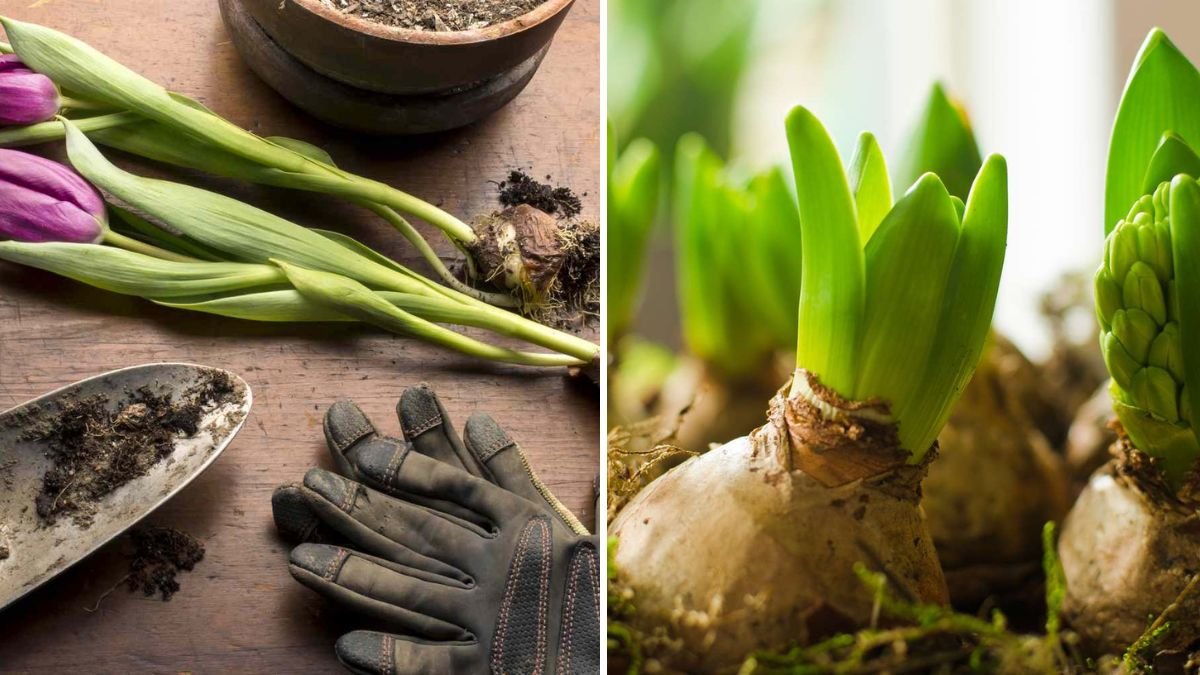Bulbs are a gardener’s delight, providing vivid colors, fragrances, and seasonal interest in the landscape. While many bulbs are hardy and survive freezing winters in the ground, not all species are suited to overwintering outdoors. Leaving certain bulbs in the ground during harsh winter conditions can lead to rot, frost damage, or complete loss of the plant.
Understanding which bulbs are sensitive to cold or wet conditions and how to protect them is crucial for a thriving garden. This article explores five bulbs you should never leave in the ground over winter, why they are vulnerable, and best practices for ensuring they return healthy in the spring.
1. Dahlias
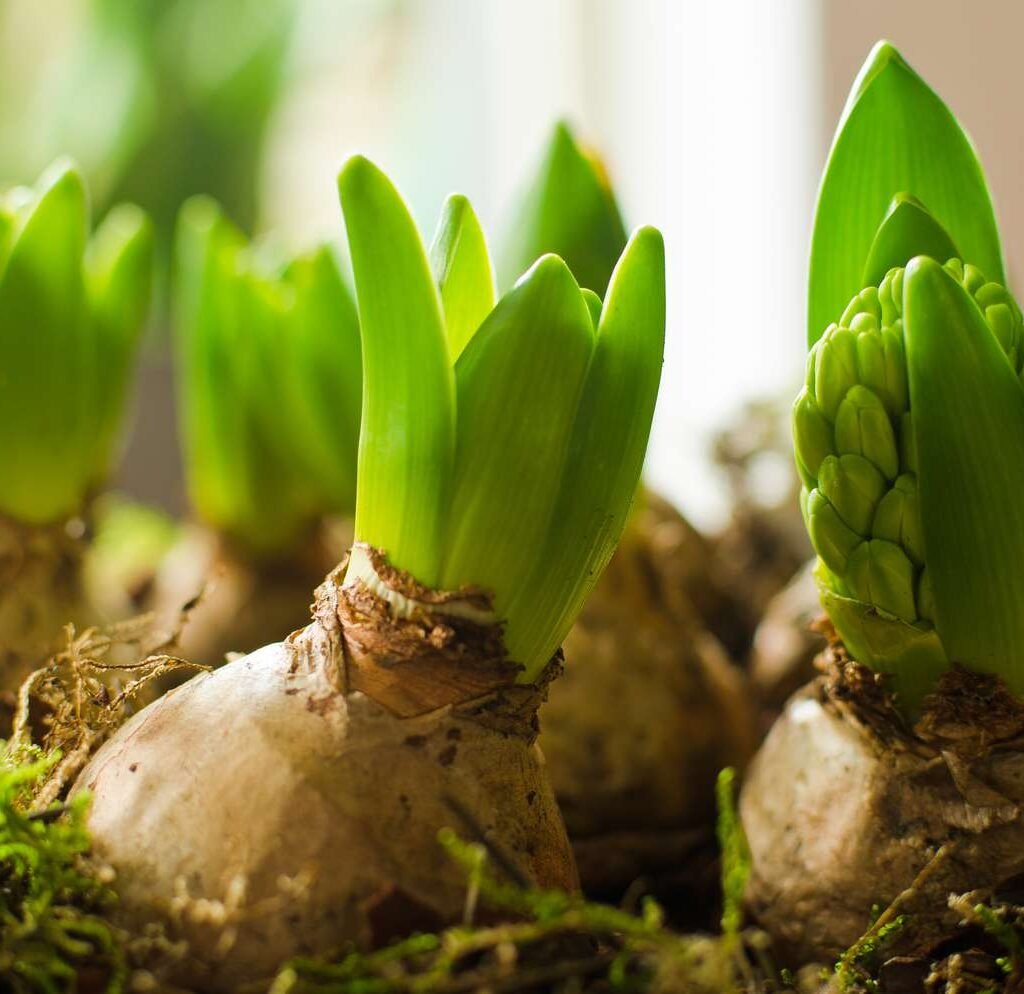
Why You Shouldn’t Leave Them in the Ground
Dahlias are tender, tuberous perennials that cannot survive freezing temperatures. The tubers are prone to rot and frost damage if left in cold, wet soil.
Effects of Overwintering in the Ground
- Tubers may freeze and become mushy.
- Loss of plants and flowers in the following season.
- Increased risk of disease from prolonged soil moisture.
Best Practices
- After the first frost, carefully dig up the tubers.
- Remove soil, cut back foliage, and allow tubers to dry.
- Store in a cool, dark, frost-free location, such as a basement or garage, in peat moss or vermiculite.
- Replant in spring after all danger of frost has passed.
2. Gladiolus
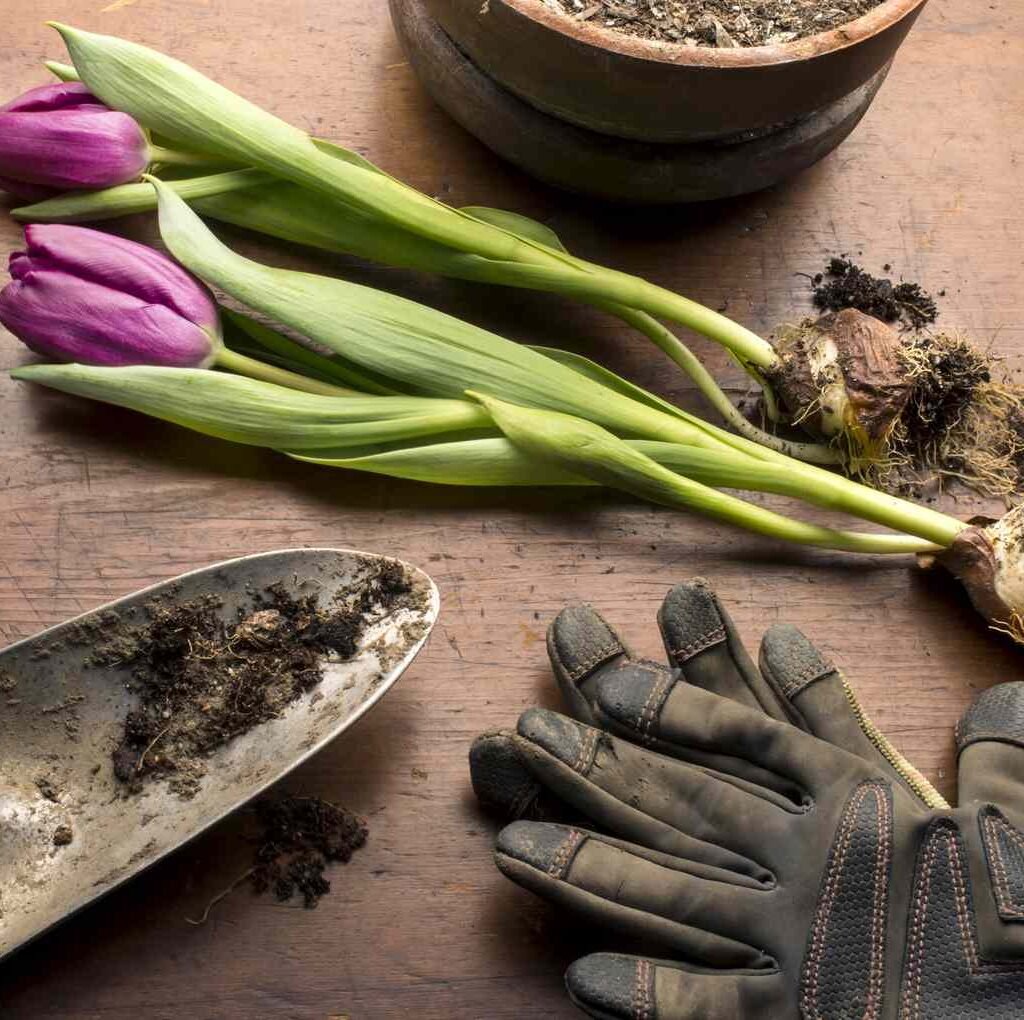
Why You Shouldn’t Leave Them in the Ground
Gladiolus corms are not frost-hardy and are highly susceptible to winter damage in cold climates. Leaving them in soil exposes them to freezing temperatures that can destroy the corms.
Effects of Overwintering in the Ground
- Corms rot in wet, frozen soil.
- Plants fail to emerge in spring, reducing seasonal blooms.
Best Practices
- Dig up gladiolus corms after the foliage dies back in fall.
- Cure them by allowing them to dry for a few days in a shaded, ventilated area.
- Store in a cool, dry, frost-free environment until spring planting.
- Inspect corms for rot or damage before replanting.
3. Cannas
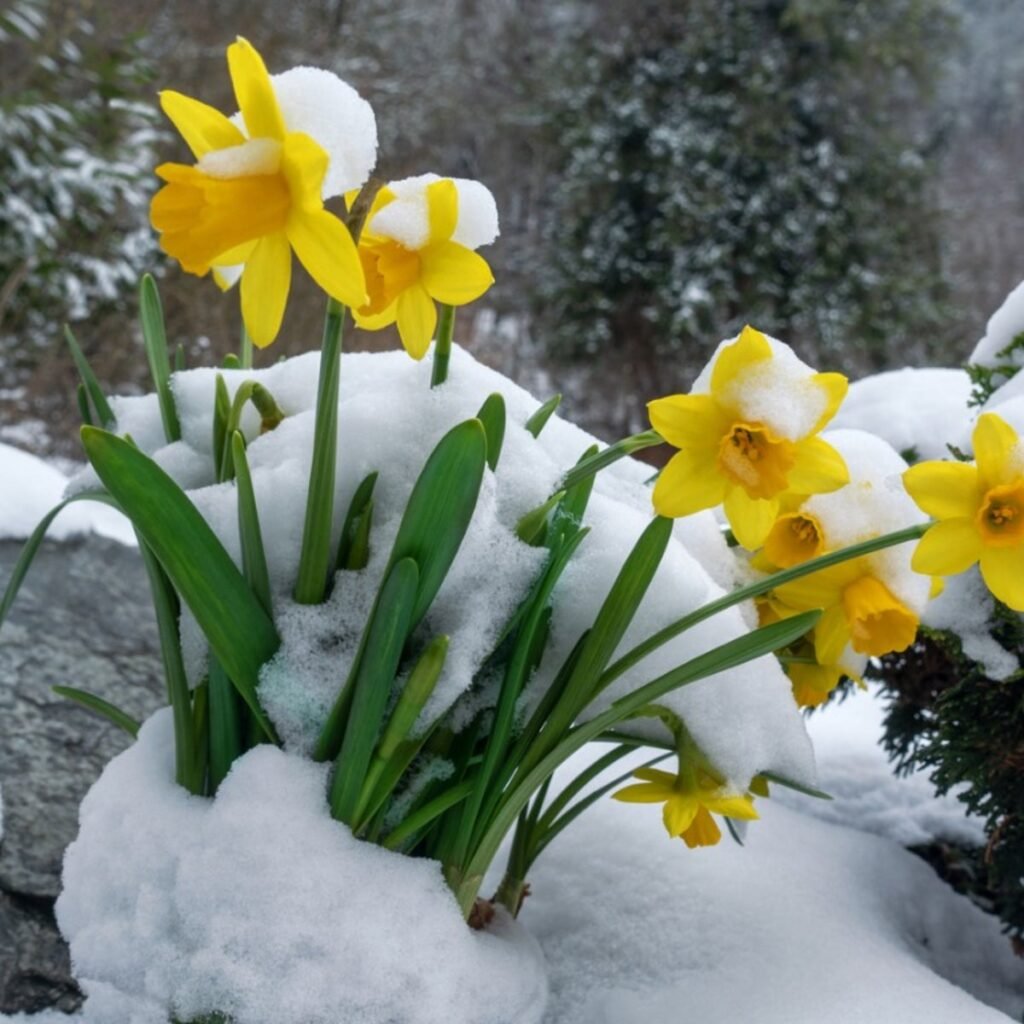
Why You Shouldn’t Leave Them in the Ground
Cannas are tropical perennials with fleshy rhizomes that are extremely sensitive to freezing. Cold winter soil can destroy their energy stores, making spring regrowth impossible.
Effects of Overwintering in the Ground
- Rhizomes may freeze and decay.
- Plants fail to sprout in spring, leading to the loss of the entire plant.
Best Practices
- Once foliage dies back in fall, dig up canna rhizomes carefully.
- Remove soil, trim dead foliage, and allow rhizomes to dry.
- Store in a cool, frost-free space in peat moss, sand, or sawdust.
- Replant after the last frost in spring for healthy blooms.
4. Calla Lilies
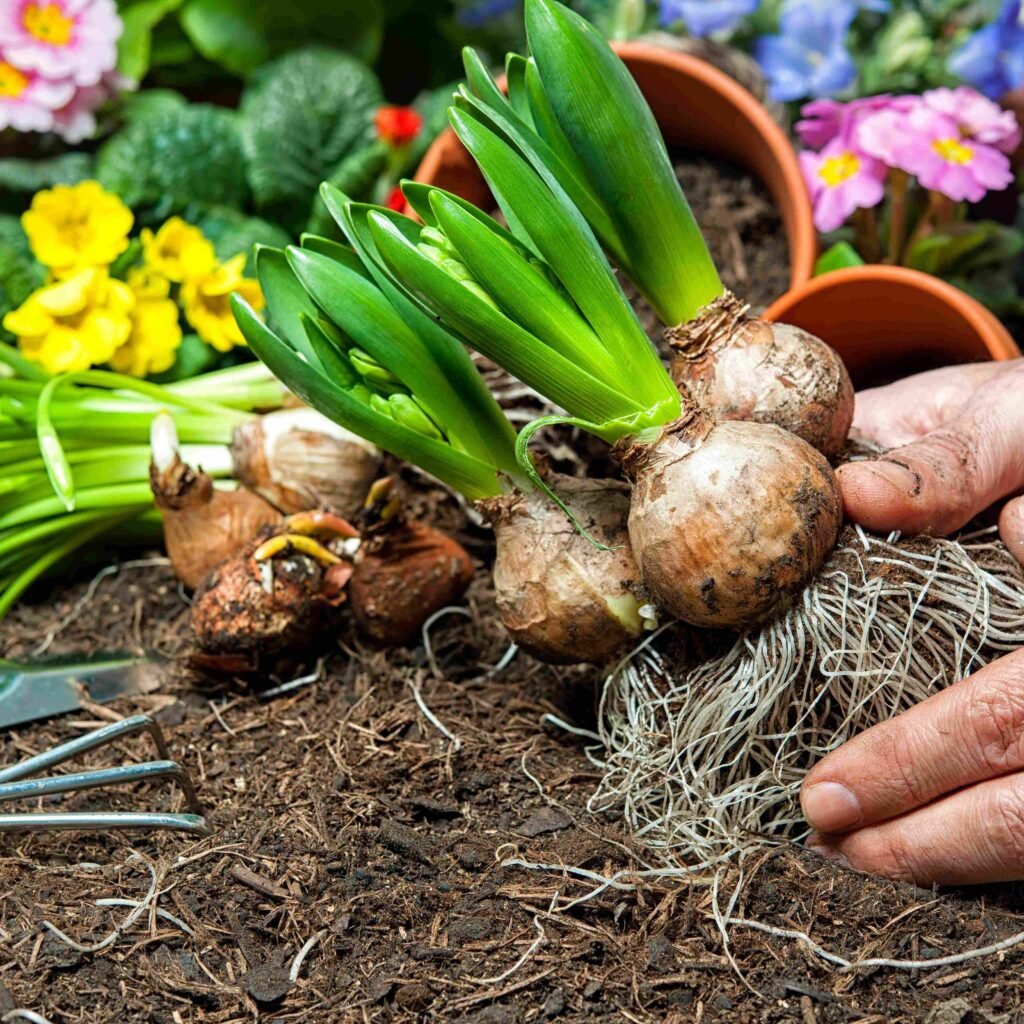
Why You Shouldn’t Leave Them in the Ground
Calla lilies (Zantedeschia) are tender rhizomatous perennials that cannot withstand freezing winter conditions. In-ground storage in cold or wet soil can cause rhizomes to rot or die.
Effects of Overwintering in the Ground
- Rhizomes become soft, mushy, and prone to fungal infection.
- Spring growth is significantly delayed or fails completely.
- Flowers may be reduced or absent.
Best Practices
- Dig up calla lily rhizomes after foliage yellows in late fall.
- Clean off excess soil and allow rhizomes to air dry for a day or two.
- Store in a cool, dry, dark location in peat, sand, or vermiculite.
- Replant in spring after frost risk has passed, providing warmth and sunlight.
5. Tuberous Begonias
Why You Shouldn’t Leave Them in the Ground
Tuberous begonias are tender perennials that cannot survive freezing temperatures. The tubers are delicate and vulnerable to rot if left in cold, damp soil.
Effects of Overwintering in the Ground
- Tubers rot quickly in wet or frozen soil.
- Plants may not survive until the next growing season.
- Loss of flowers and foliage for the following year.
Best Practices
- Dig up tubers after foliage dies in late fall.
- Remove soil, allow tubers to dry for a day, and trim dead stems.
- Store in a cool, dry, frost-free place, in peat moss, vermiculite, or newspaper-lined boxes.
- Replant in spring when soil has warmed and frost danger has passed.
Tips for Storing Tender Bulbs Over Winter
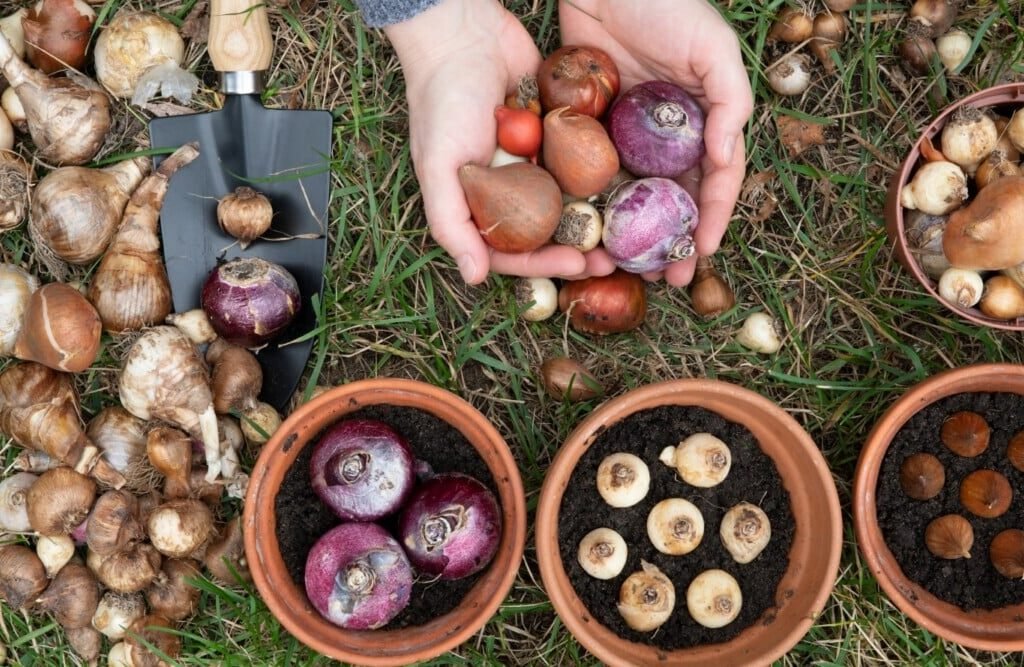
- Clean and Dry: Remove excess soil and dry bulbs, tubers, or rhizomes before storage.
- Use Appropriate Medium: Store in peat moss, vermiculite, sawdust, or sand to prevent rot.
- Control Temperature: Keep storage areas cool (around 10–15°C), dry, and dark.
- Avoid Moisture: Excess humidity can encourage rot or mold.
- Check Regularly: Inspect bulbs periodically and remove any showing signs of decay.
By following these storage practices, tender bulbs can survive winter and provide beautiful blooms in spring and summer.
Why Some Bulbs Can Stay in the Ground
While the five bulbs above need special winter care, some hardy bulbs like tulips, daffodils, and crocuses can safely overwinter in the ground. They tolerate freezing temperatures and benefit from natural cold stratification, which promotes better flowering in spring. The key is knowing your plant’s hardiness and soil requirements.
Conclusion
Not all bulbs are suited for wintering in the garden. Leaving tender species like dahlias, gladiolus, cannas, calla lilies, and tuberous begonias in the ground can result in rot, frost damage, or plant loss. By digging them up, cleaning, drying, and storing them in cool, frost-free conditions, gardeners can ensure these bulbs return healthy and vigorous for the next season.
In contrast, hardy bulbs can remain in the ground, giving gardeners beautiful, low-maintenance blooms year after year. Knowing which bulbs require winter protection allows for a successful, flourishing garden with vibrant colors and healthy perennials each spring.
